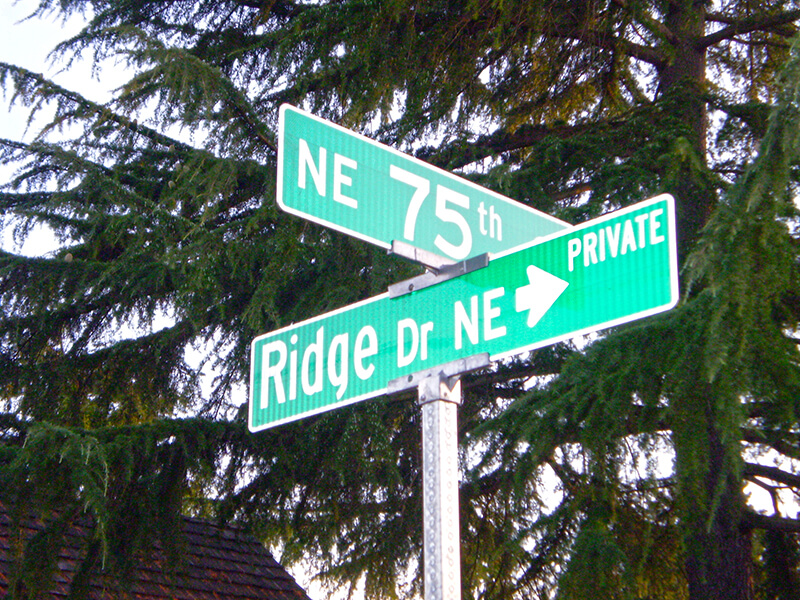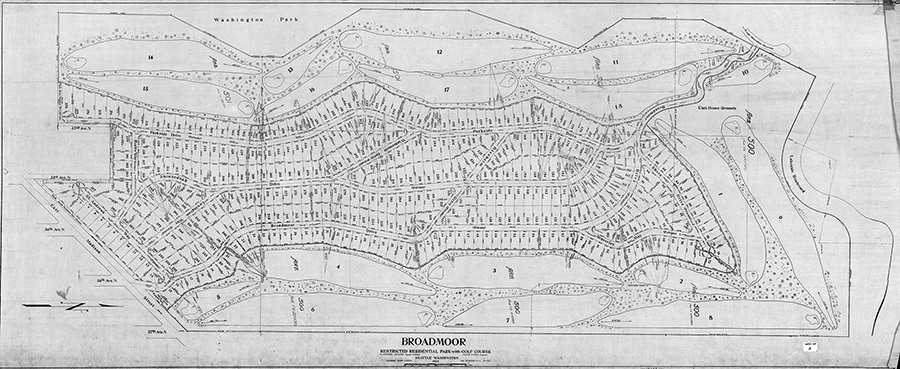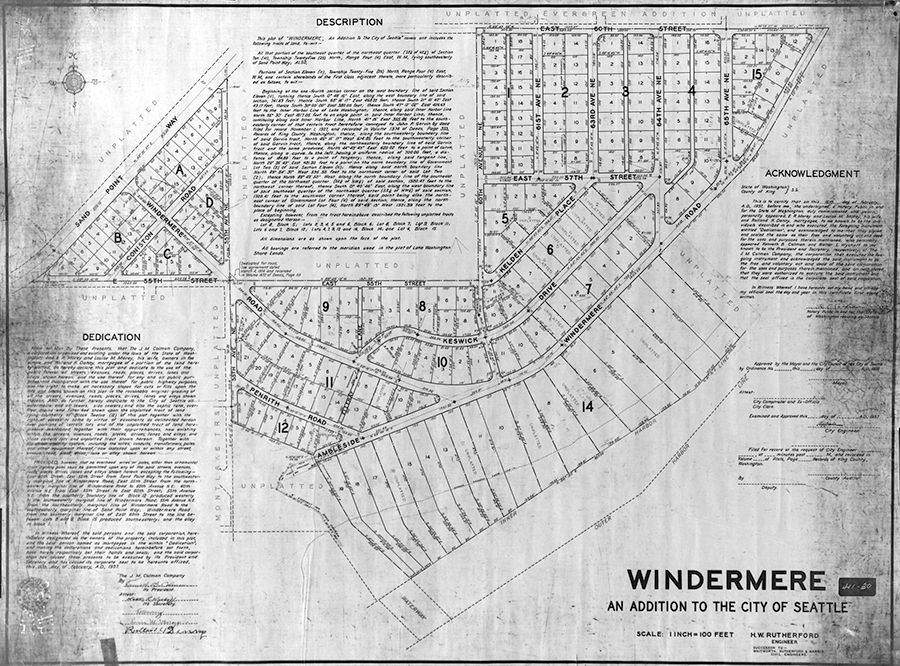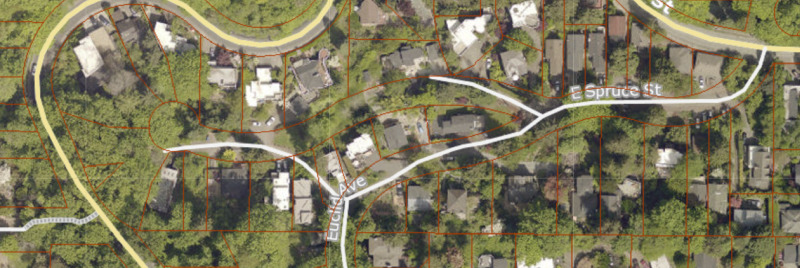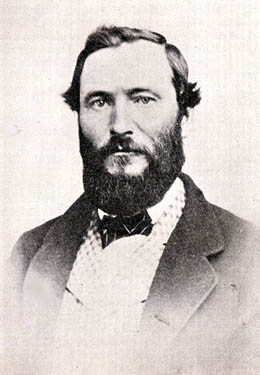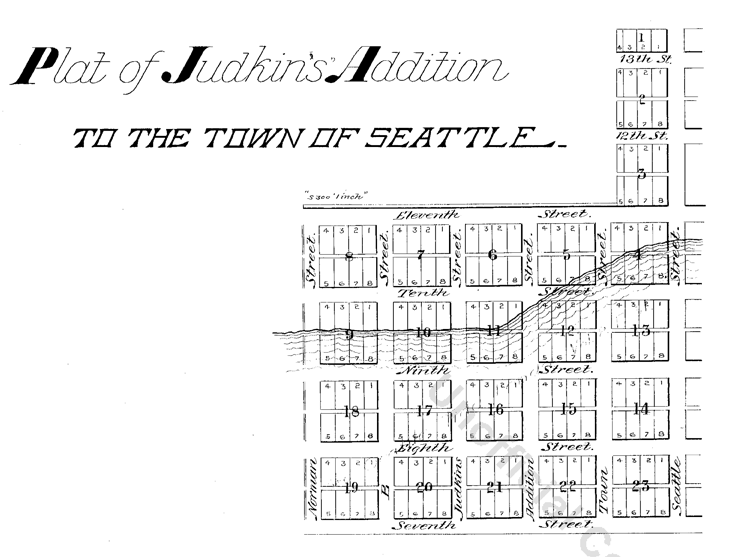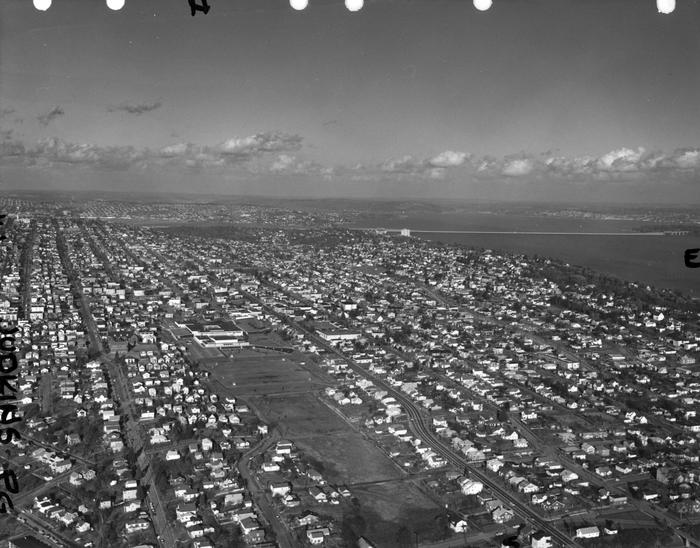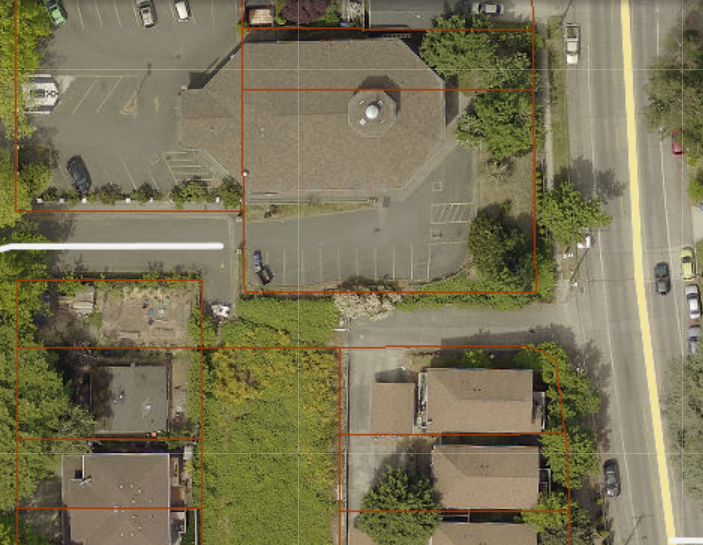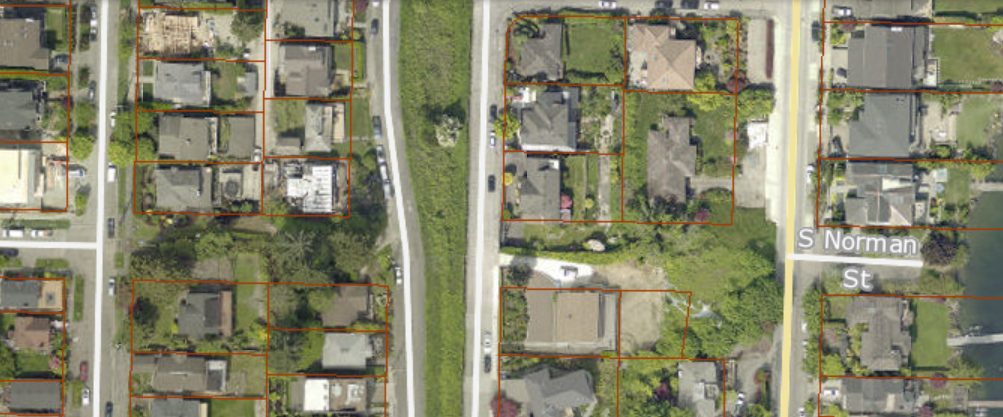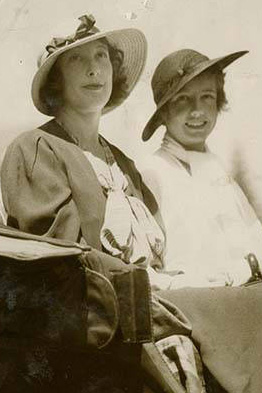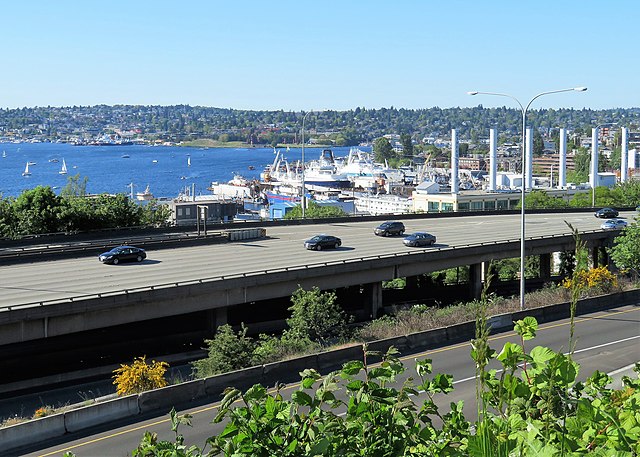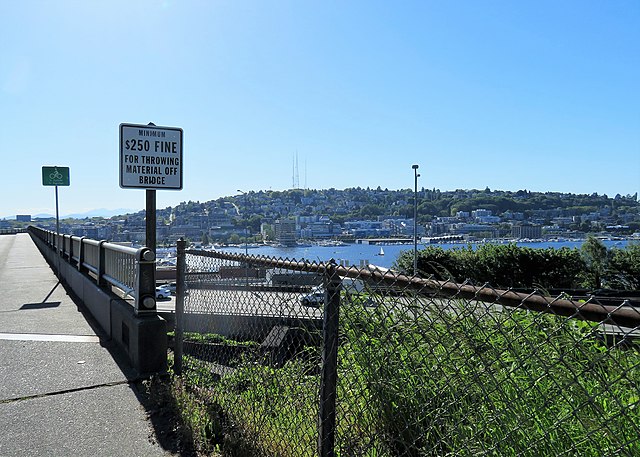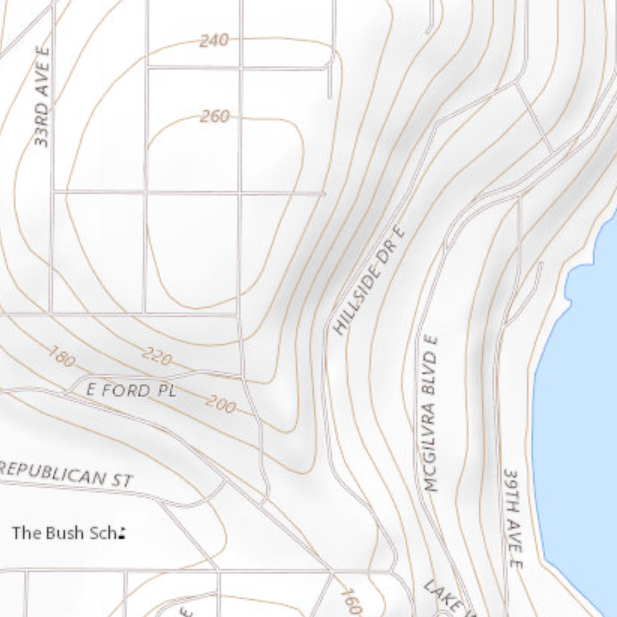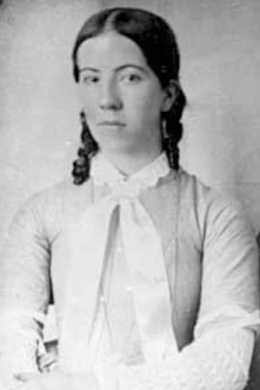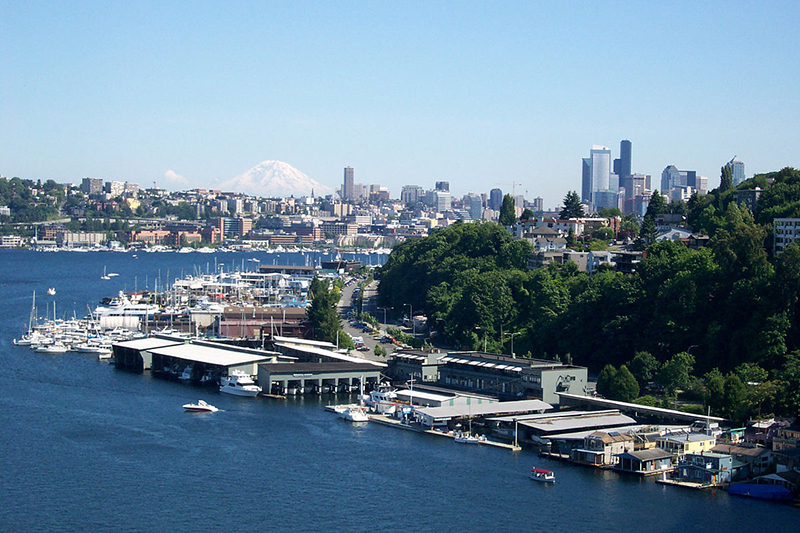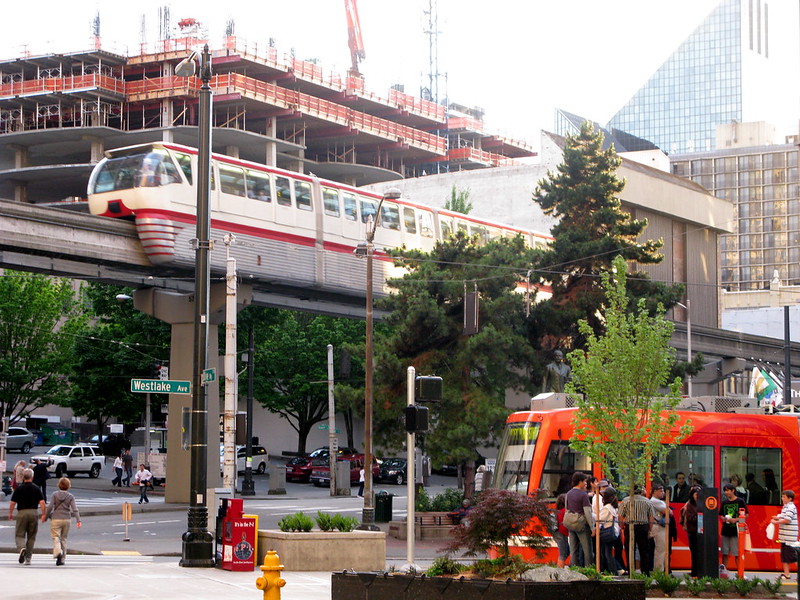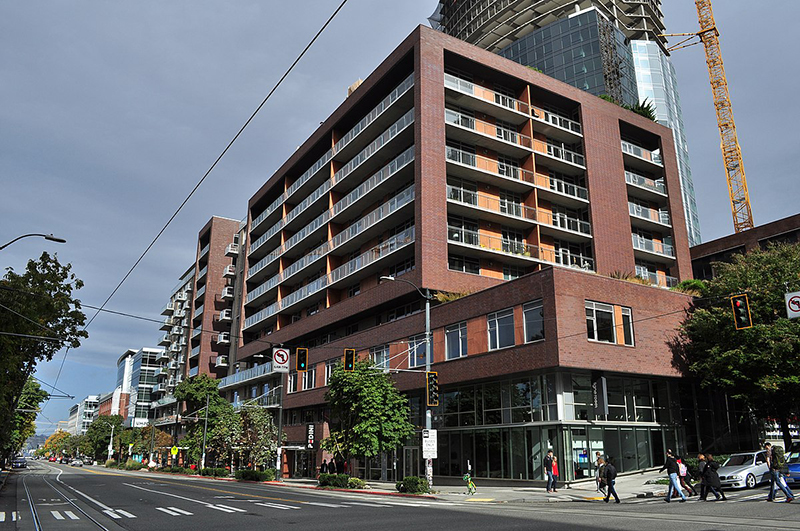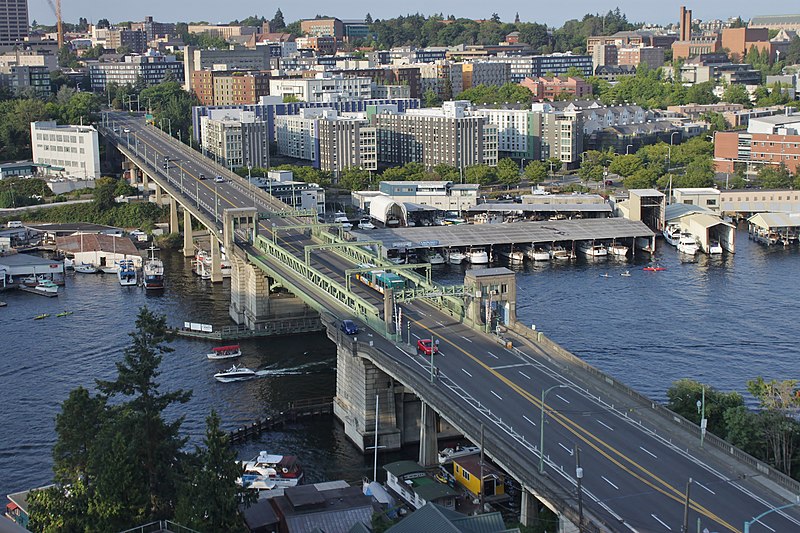This private road, which lies entirely within the Sand Point Country Club, runs ⅖ of a mile from the main gate at NE 75th Street in the south to the intersection of Fairway Drive NE and Lakemont Drive NE in the north. It is so named for its central location atop the hill that gives the adjacent neighborhood, View Ridge, its name.
As local historian Valarie Bunn explains on her blog, the Sand Point Country Club, founded by Samuel E. Hayes, opened in 1927. As with two contemporaneous developments, Broadmoor and Windermere, its exclusivity was a selling point. An advertisement in the May 5, 1929, issue of The Seattle Times spelled this out more explicitly than usual: “Sand Point Country Club homesites are selling fast… because every homesite owner enjoys forever a close-in retreat from Seattle’s mobs of tomorrow… because every homesite owner is protected in his investment by carefully drawn restrictions against the admixture of objectionable buildings or races.” The racial restrictive covenant covering the neighborhood reads:
No tract shall be sold, conveyed, rented or leased in whole or in part to any Hebrew or to any person of the Malay, Ethiopian or any other Negro or any Asiatic race, or any descendant of any thereof. No tract shall be used or occupied in whole or in part by any Hebrew or by any person of the Malay, Ethiopian or any other Negro or any Asiatic race, or any descendant of any thereof, except only employees in the domestic service on the premises of persons qualified as herein provided as occupants.
